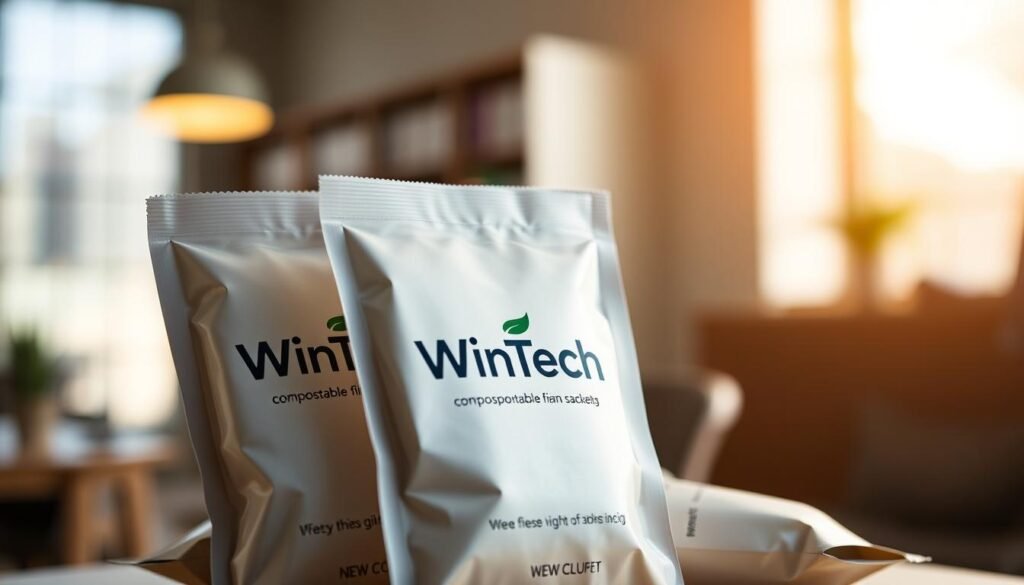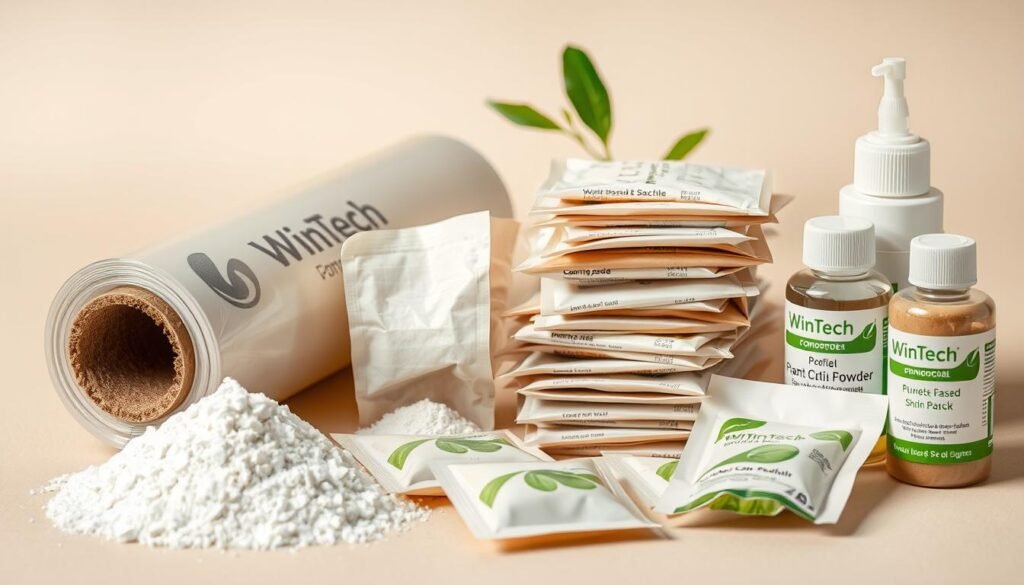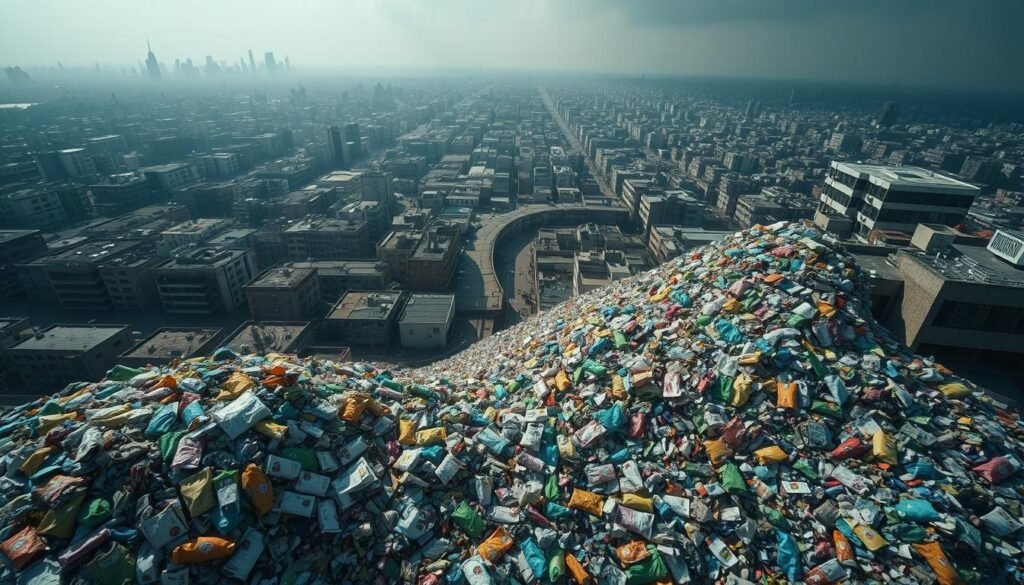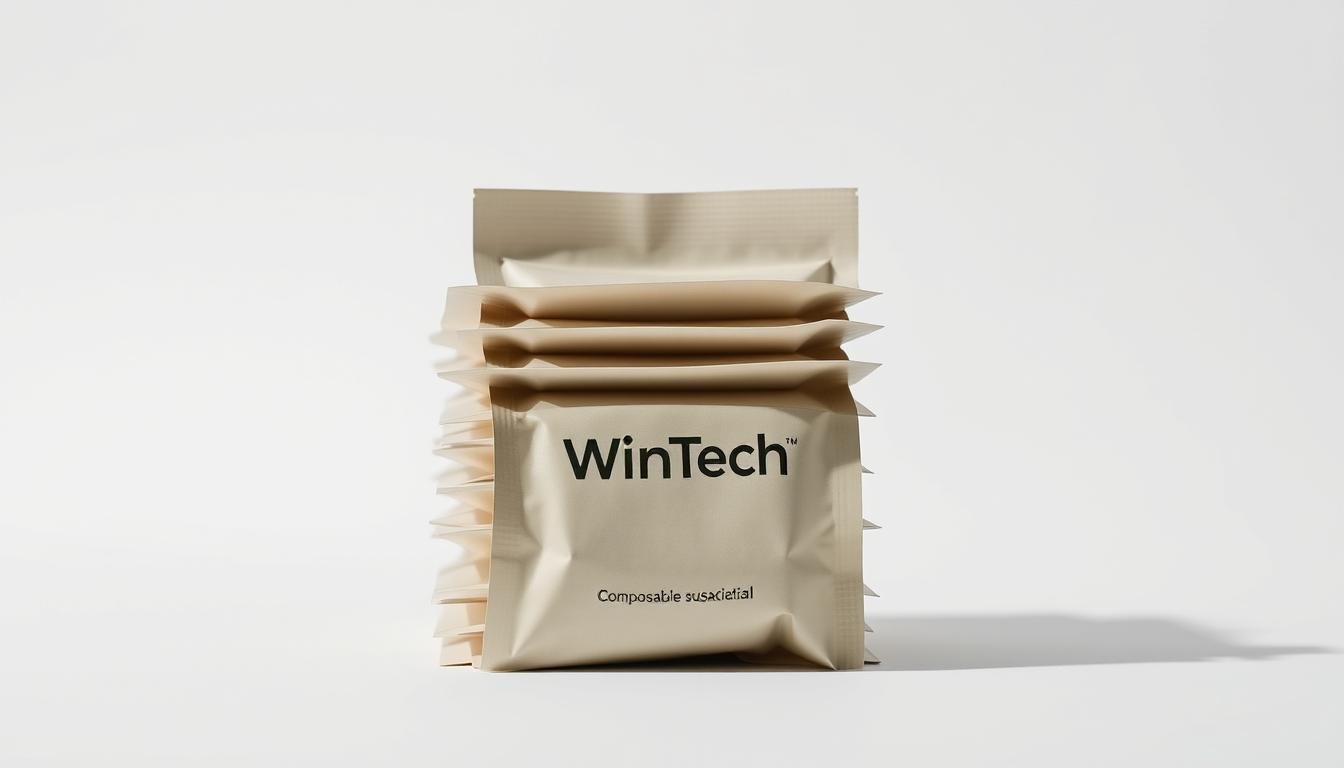Have you ever wondered how tiny packets transform the way we consume products? What are sachets and why are they becoming a global packaging phenomenon that challenges traditional packaging methods?
What are sachets? These small paper packets and single-use packaging solutions have revolutionized product distribution across multiple industries. Sachets are compact, lightweight envelopes designed to contain precise quantities of liquids, powders, and personal care products. From condiment packets in fast-food restaurants to individual skincare cream samples, what are sachets if not a convenient packaging innovation?
Understanding what are sachets reveals their widespread impact. These miniature containers provide consumers with portable, hygienic, and cost-effective product delivery methods. Manufacturers appreciate sachets for their ability to reduce packaging waste and offer economical product sampling strategies.
Key Takeaways
- Sachets represent a versatile single-use packaging solution
- These small packets serve diverse industries worldwide
- Convenience and portability are primary sachet advantages
- Environmental sustainability remains a critical consideration
- Innovative compostable materials are transforming sachet development
Understanding What are Sachets and Their Popularity
Sachets have revolutionized the way consumers experience and interact with various products. These small, compact packets have become a global phenomenon, with an estimated 855 billion sachets used worldwide in 2018. Understanding what are sachets can help you appreciate their widespread appeal as convenient product samples across multiple industries.

Sachets are single-use packages designed to contain small quantities of products, offering consumers a quick and portable solution for sampling or short-term use. Unlike traditional packets, sachets provide unique advantages that make them stand out in the market of convenient product samples.
Defining Sachets in Modern Packaging
When exploring what are sachets, you’ll discover they differ from standard packets in several key ways. Sachets are typically:
- Smaller and more compact
- Designed for single-use applications
- Made from flexible packaging materials
- Perfect for sample-sized quantities
Diverse Types of Sachets
Sachets vs packets become clear when you examine their versatility. Different types include:
- Food and Beverage Sachets: Condiments, coffee, tea mixes
- Personal Care Sachets: Shampoo, lotion, sunscreen samples
- Pharmaceutical Sachets: Medication doses, vitamin supplements
- Cleaning Product Sachets: Detergent, fabric softener concentrates
Common Applications Across Industries
The popularity of sachets stems from their incredible convenience. Brands leverage these compact packages to offer consumers low-risk ways to try new products, reduce packaging waste, and provide portable solutions for on-the-go lifestyles.
What are Sachets Made Of?
Sachets represent a versatile packaging solution used across multiple industries. Understanding the materials behind these compact containers reveals the intricate engineering that goes into their production. From tea sachets to cosmetic sachets, each type requires specialized manufacturing techniques to ensure product quality and preservation.

Manufacturers typically construct sachets using multi-layered packaging materials designed to protect and preserve contents. The primary components include:
- Polyolefin films for flexible barrier protection
- Aluminum layers for moisture resistance
- Polyester sheets for structural integrity
- Specialized coatings for specific product requirements
Material Selection for Different Sachet Types
Different sachet applications demand unique material configurations. Tea sachets require breathable yet protective packaging, while food condiment sachets need robust barrier properties to maintain freshness. Cosmetic sachets often incorporate more delicate, skin-friendly materials.
| Sachet Type | Primary Materials | Key Characteristics |
|---|---|---|
| Tea Sachets | Biodegradable paper, mesh fabric | Breathable, allows tea infusion |
| Food Condiment Sachets | Laminated plastic, aluminum | Moisture-proof, prevents contamination |
| Cosmetic Sachets | Soft polymers, specialized films | Smooth texture, preserves product integrity |
Innovations in Sachet Manufacturing
Recent technological advancements are transforming sachet production. Manufacturers now focus on developing sustainable materials that reduce environmental impact while maintaining high-performance packaging standards. Compostable films and recyclable multi-layer structures represent cutting-edge solutions in the sachet manufacturing landscape.
Your packaging choices can significantly impact product quality, shelf life, and environmental sustainability. Understanding what sachets are made of helps you make informed decisions about packaging solutions across various industries.
What are Sachets’ Environmental Impacts?
Single-use packaging continues to challenge global sustainability efforts, with sachets standing at the center of this environmental debate. These small, convenient packets have become ubiquitous in many industries, but their environmental footprint raises significant concerns about waste management and ecological preservation.

The complexity of what are sachets lies not just in their convenience, but in their problematic end-of-life disposal. Most traditional sachets are constructed from multiple layers of different materials, making them extremely difficult to recycle through standard waste management systems.
The Role of Packaging in Sustainability
Packaging plays a crucial role in product protection and consumer experience. When it comes to sachets, the environmental challenge becomes clear:
- Typical sachets are made from mixed plastic materials
- Recycling infrastructure struggles with their small size
- They often end up in landfills or natural environments
Exploring Compostable Options
Biodegradable sachets represent a promising solution to the single-use packaging dilemma. Manufacturers are developing innovative alternatives that break down more easily in environmental conditions.
| Sachet Type | Decomposition Time | Environmental Impact |
|---|---|---|
| Traditional Plastic Sachets | 450+ years | High negative impact |
| Biodegradable Sachets | 180 days | Minimal environmental disruption |
By investing in compostable sachet technologies, companies can significantly reduce their ecological footprint while maintaining product functionality. The future of packaging lies in materials that serve both consumer needs and environmental responsibility.
Wintech Package: Leading in Sustainable Sachet Solutions
In the evolving landscape of packaging, Wintech Package stands at the forefront of reimagining what are sachets through sustainable innovation. Our dedication to environmental responsibility drives us to develop cutting-edge biodegradable sachets that meet the growing demand for eco-friendly travel size products.
Collaborative efforts with compostable film producers and flexible packaging converters have enabled us to create breakthrough solutions. We understand that modern consumers seek packaging options that minimize environmental impact while maintaining product quality and convenience.
Our Environmental Commitment
Our approach to sachet development goes beyond traditional manufacturing. We integrate advanced compostable materials that break down naturally, reducing waste and supporting circular economy principles. By focusing on innovative design, we transform what are sachets from single-use containers into environmentally responsible packaging solutions.
Innovative Packaging Technologies
Wintech Package has successfully implemented sustainable packaging for diverse product lines, including personal care, pharmaceutical, and food industries. Our biodegradable sachets demonstrate that environmental consciousness and product performance can coexist seamlessly, providing consumers with responsible choices for their everyday needs.
Success in Sustainable Solutions
Our journey continues to push boundaries in sachet technology, proving that sustainable packaging is not just a trend but a necessary evolution in product design. By investing in research and collaborative partnerships, we are creating a future where travel size products can be both convenient and kind to our planet.
